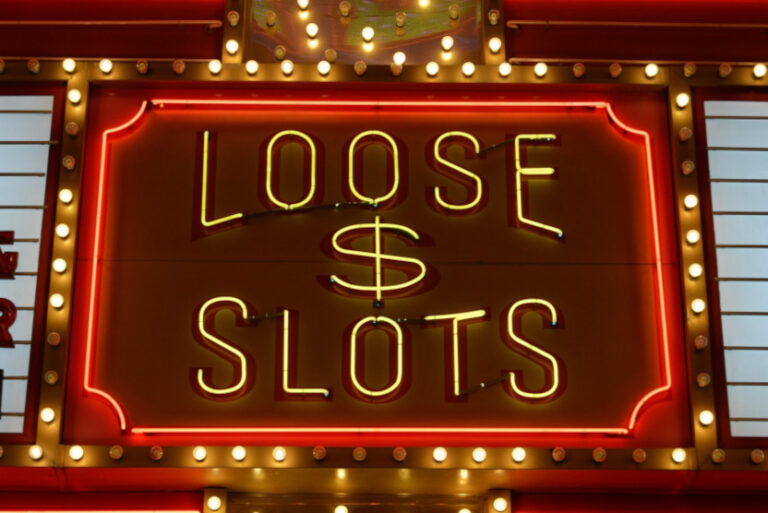

Nullam quis risus eget urna mollis ornare vel eu leo. Aenean lacinia bibendum nulla sed
- @skillable
 by
Eric McCafferty
by
Eric McCafferty

Not to fear sports fans, we have been betting this for real and will offer what we have found to work for us. This is an ever-changing landscape, so an intrepid sports bettor must stay on top of the changes, especially as more and more data rolls into the oddsmaker’s computers, which will be crunched to make more efficient lines.
Let’s start at the beginning – Pitching is Everything.
Yep – it sure is! This is where the betting moneylines are generated and we want to evaluate where we may find value in betting the Pregame – Full Game moneyline.
We ALWAYS want to start out with a pitcher/team getting plus money. The reason for this is, as the game naturally progresses toward the ninth inning, the moneylines for each team will fluctuate. When we start out with plus money – to make guaranteed money – all we have to do is bet the other side Live – in-game – when we get the opportunity.
Really, the only risk in this type of Bet/Hedge Strategy is that the team we bet at plus money at the start of the game, never gets a lead we can effectively hedge and the other side is always at minus money. That’s it – that is the only risk to your bankroll. There is no such thing as a bad beat with this strategy, when employed correctly.
So, back to the pitchers. I like to employ this bet/hedge strategy against an Ace who has seen better days and his stuff is changing (for the worse). Think Chris Sale! During the 2019, you can often get whatever pitcher/team Sale is facing at +200 and even +300!
Yet, we do not have to fade a former Ace. This strategy works well in any game where we bet the plus money side. But, through trial and error, I have found that we look for a reason to like a particular side getting plus money. I have not conducted enough research into betting ALL moneyline underdogs, but there may be value in doing so.
The research I have conducted thus far during the 2019 season is, Tuesday, Thursday and Saturday typically favor underdog betting. This does not mean all underdogs win all their games on these days. What it means is if you were to bet all the dogs on these respective days, you would usually make a small profit because of the inherent value in getting plus money and the additive effect of doing so results in a small profit at the end of the day. This may be an anomaly, which is why I do not use this bet-blind strategy.
There are myriad reasons for betting a dog over a favorite and it might just come down to the next section of the quoted article – Don’t Fear Early Deficits
In fact, early favorite deficits work directly into this strategy! When the underdog gets out to a lead against the pre-game favorite, the Live betting lines will necessarily change.
This is exactly what we are looking for – to bet plus money in-game on the pre-game favorite as a hedge against the plus money wager we made on the pre-game dog!
Read that sentence again and let it sink in.
Consider this hypothetical example – Let’s say we bet a pre-game underdog at +180. The dog gets out to a lead in the third inning and the Live line on the pre-game favorite is now +150. All we have to do to guarantee a positive monetary outcome on this game is to bet the other side at the theoretical +150.
Using this example, if we bet $100 pregame at +180 we would win $180 if our dog wins the game straight up. When we bet the other side at +150, we would win $150 if this side wins the game. We are guaranteed to lose one of our plus money bets. Yet we are guaranteed to win the other plus money bet. In this example we either win $180 or we win $150. It cost us $100 to make each bet, for a total investment of $200. If our +180 bet wins we get back $280. Likewise, if our +150 bet wins, we get back $250. Most importantly, our entire investment is NEVER at risk. We can only lose one side of it.
At the end of the game, this hypothetical, successful hedging strategy has resulted in a net win of either $80 or $50. From a Return On Investment perspective (ROI), our return is either 40% ($80/$200) or 25% ($50/$200). When was the last time you made 25% ROI in the stock market in three hours?
Do we really have to Listen to the Announcers as the next section tells us? No, but it helps. Announcing baseball is a uniquely boring job. Good thing these guys love what they do! However, they may come up with some statistic that may inform our pregame bet, or our in-game hedge. Personally, I find listening most worthwhile in the pregame analysis. These guys spit out all kinds of stats that may give us insight into the upcoming matchup. Remember, though, if you have a few pregame bets on games that all start at the same time, you will not likely be able to keep up with whatever the announcers are talking about.
Finally, relative to the article we are working from, while the author of the article uses an incorrect form of “There” (Their), there is value in paying attention to lineup changes. Most opening lines on MLB games are set on the combination of the relative strength of the starting pitchers and perceived home field advantage. It is true that a big bat sitting out a particular game (or getting injured during the game) may have an effect on the score of the game, without being accurately reflected in the betting lines.
Alright, let’s get to the point…
Okay, so, how do we make money off of this? Here is a step-by-step approach. You will notice I have streamlined it to its most efficient. There are many ways this approach can be amended and perfected to maximize value. I will leave those refinements to you. What I am attempting to do is show you how to get started. If you are good at betting, you can adapt an approach that maximizes value for you.

Nullam quis risus eget urna mollis ornare vel eu leo. Aenean lacinia bibendum nulla sed
